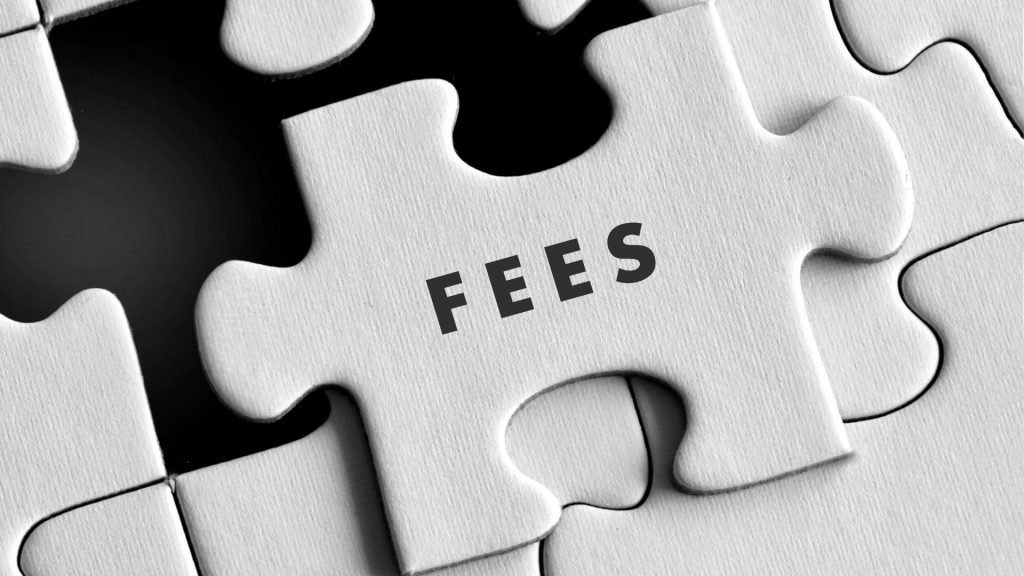
The True Cost of Debt: Understanding Interest Rates and Fees
Managing debt is a crucial part of personal finance, yet many people in India often overlook how interest rates and fees can add up over time. Understanding the true cost of debt is essential for making informed financial decisions, especially in a country where loans are commonly used to achieve various goals. This blog will help you grasp how interest and fees accumulate, how to calculate the real cost of borrowing, and provide practical tips to minimize these costs.

Understanding Debt and Interest Rates
Debt is borrowed money that must be repaid with interest. In India, common types include home loans, personal loans, education loans, vehicle loans, and credit card debt. The interest rate on these loans is the cost of borrowing, expressed as a percentage of the principal amount.

Types of Interest Rates
1. Fixed Interest Rate: Remains constant throughout the loan tenure.
2. Floating Interest Rate: Fluctuates based on market conditions, such as the RBI’s repo rate.

How Interest Accumulates?
Interest can be either simple or compound:
- Simple Interest: Calculated only on the principal amount.
- Compound Interest: Calculated on the principal and the accumulated interest over time, leading to a higher total cost.
Example:
- Borrowing ₹1,00,000 at 8% simple interest for 3 years results in a repayment of ₹1,24,000.
- With compound interest, the repayment could be ₹1,25,971.

Fees and Other Charges
Apart from interest, various fees add to the cost of debt:
- Processing Fees: A fee for processing the loan application.
- Prepayment Charges: Fees for repaying the loan early.
- Late Payment Penalties: Charges for missed payments.
- Administrative and Legal Fees: Costs related to documentation and legal processes.
- Insurance Premiums: Some loans come with bundled insurance policies.

Calculating the True Cost of Debt
To determine the real cost of your debt:
- List All Costs: Include the principal, total interest, and all fees.
- Calculate Total Repayment: Sum up the principal, interest, and fees.
- Effective Interest Rate (EIR): This reflects the actual cost of borrowing, incorporating fees into the interest rate.
Example:
- Loan Amount: ₹5,00,000
- Interest Rate: 10% per annum (simple interest)
- Loan Tenure: 5 years
- Fees: ₹15,000
Total Repayment: ₹7,65,000
EIR: Approximately 8.9% per annum, reflecting the true borrowing cost.

Tips to Minimize Debt Costs
- Shop for the Best Rates: Compare offers and negotiate better terms.
- Maintain a Good Credit Score: Timely payments and low credit utilization can help secure lower interest rates.
- Opt for Shorter Tenures: Shorter loan periods mean less interest paid over time.
- Make Prepayments: Reduce the principal early to save on interest.
- Avoid Unnecessary Fees: Read the fine print and negotiate waivers on fees.
- Refinance or Transfer Loans: Look for lower rates and transfer loans if necessary.
Conclusion
Understanding the true cost of debt is essential for maintaining financial health. By being aware of how interest rates and fees accumulate and knowing how to calculate the actual cost of borrowing, you can make better financial decisions. Implement these strategies to minimize your debt costs and stay on track toward your financial goals.
